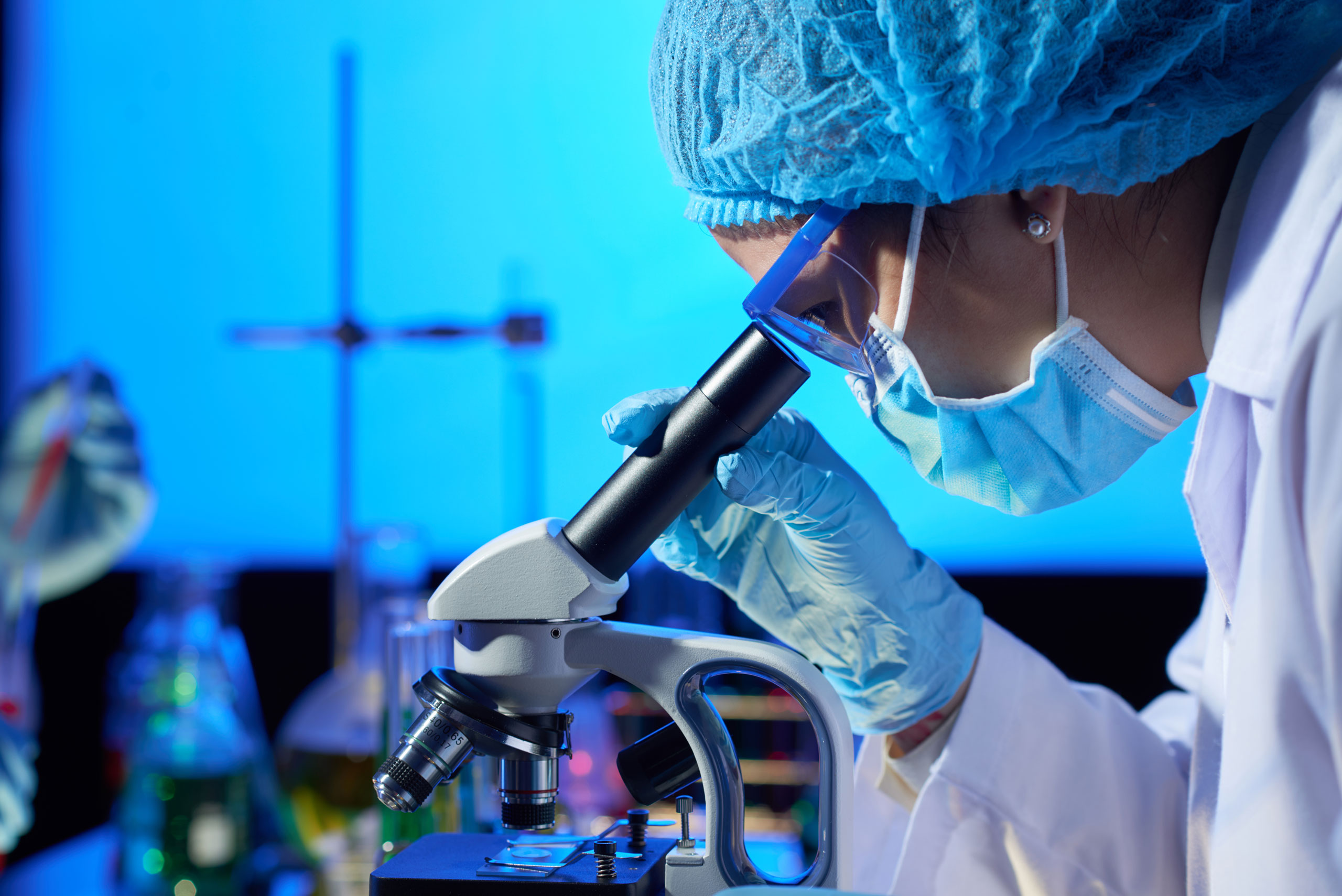
The program contains a powerful combination of audio, full-motion video, text and colourful graphics, providing the most cost-effective laboratory safety training available today.
The courses are divided into a number of logical sections, each with its own quiz, so information is easily understood. The interactive formats allow trainers to collect employee performance information which can be organized through a powerful relational database and provides recordkeeping and tracking report capabilities.
The DVD programs contain a Presenter’s Guide, Employee Quizzes, Scheduling and Attendance Forms, and Training Certificates.
The energy possessed by a compressed gas cylinder can make it a virtual “missile” if it is not handled with the utmost care. And a leaking cylinder or fitting can lead to asphyxiation, a fire or even an explosion. Since compressed gas cylinders are frequently used in many laboratories, employees need to be familiar with the precautions that should be taken when dealing with them.
The Handling Compressed Gas Cylinders in the Laboratory program examines how gas cylinders work, the hazards that are associated with them and the need for caution when using or storing a cylinder.
The Electrical Safety in the Laboratory program emphasizes the need for safety when using electricity, and discusses how to reduce the potential for accidents involving electrical shock, fire and explosions.
The Flammables and Explosives in the Laboratory program discusses the nature of flammable and explosive materials, as well as hazards associated with their use. They also review the proper handling procedures and personal protective equipment that should be used when working with these substances.
The GHS Safety Date Sheets in the Laboratory training program is designed to assist facilities in complying with the employee training requirements of OSHA’s newly adopted GHS regulations.
The program reviews the composition of GHS Safety Data Sheets, information contained in each section and how SDS’s are different from Material Safety Data Sheets.
Many of the activities performed in a laboratory can exert stress and strain on muscles and joints, ultimately causing significant injuries. To work safely and maintain good ergonomic health, employees need to know how to avoid movements and work patterns that can be harmful.
The Laboratory Ergonomics program discusses the need to set up work areas correctly, as well as how to minimize the strain of using laboratory equipment, tools and instruments.
Many of the materials used in laboratories give off fumes, mists, vapours, particulates or aerosols which are hazardous. To minimize exposure to these materials, special precautions need to betaken. This often means within a “hood”.
The Laboratory Hoods program emphasizes how to properly use laboratory hoods and how to test them to ensure correct functioning as well as discuss how hoods can protect an experiment, the facility, and most importantly, the employee.
The Orientation to Laboratory Safety program shows both new employees and seasoned veterans the importance of safety in the laboratory, reviews OSHA regulations, and good safety practices that apply to laboratory environments.
The OSHA Formaldehyde Standard program provides training that is required by this standard, focusing on the rules and procedures that the standard establishes for working with this potentially dangerous chemical.
A caustic acid hose has just erupted. An experiment has shown unexpected reactions. What should employees do to deal with these and other emergencies? Employees need to know when and how they should act in an emergency situation.
The Planning for Laboratory Emergencies program discusses how to minimize damage and prevent injuries if a laboratory emergency should occur.
Handling hazardous chemicals and specimens requires a great deal of caution. If substances are not properly controlled, hazards can spread and contaminate other materials, work areas and even employees themselves. With many laboratories using toxic, corrosive and carcinogenic chemicals, employees need to do all they can to prevent contamination.
The Preventing Contamination in the Laboratory program emphasizes the need to recognize situations that could lead to contamination, and discusses what can be done to prevent contamination from occurring.
Broken glassware causes more laboratory accidents than any other hazard. Glassware is fragile and can easily fracture if it is bumped, dropped or too much pressure is applied to it. Some glassware accidents don’t require much more than a band-aid, while others can result in a lot of blood and the need for medical attention. Also, the threat of contamination from the materials in a broken container can also pose as a serious problem.
The Safe Handling of Laboratory Glassware discusses the nature of various types of glassware, problems it can cause, as well as the need for employees to use and maintain laboratory glassware safely.
The Safety Showers and Eye Washes in the Laboratory program reviews the correct ways to use this equipment, and emphasizes the need for quick action after a chemical splash or spill in a laboratory.
The Safe Handling of Laboratory Glassware discusses the nature of various types of glassware, problems it can cause, as well as the need for employees to use and maintain laboratory glassware safely.